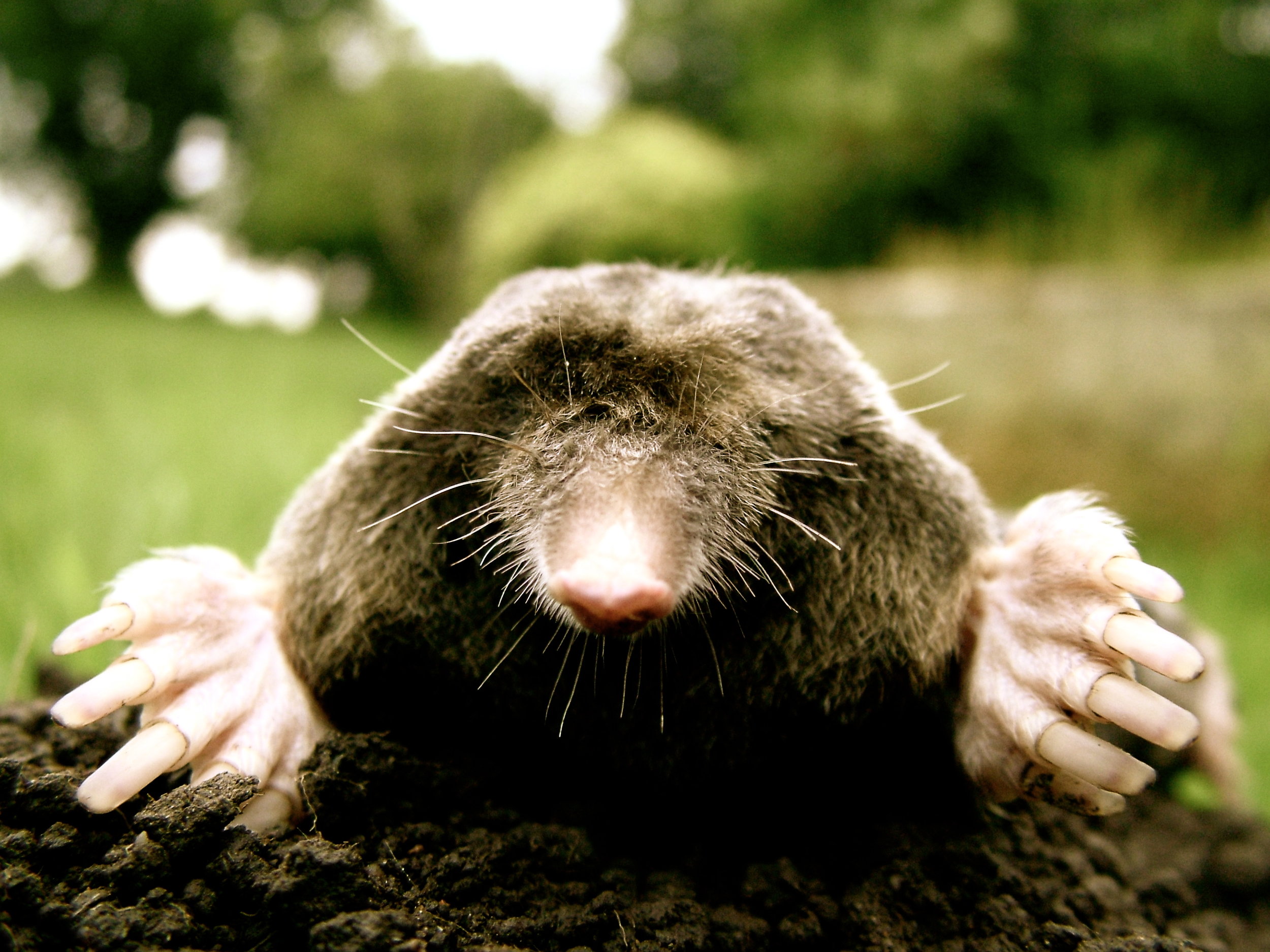It’s all about the conflict. No, not raising toddlers. Raising toddlers is mostly about conflict, but writing fiction is all about the conflict. This is what I’m learning on the Masters that I’m currently studying.
Every story involves conflict, every character has some kind of thwarted desire, and in every scene something needs to happen. When you spell it out like that, it sounds obvious in a paint-by-numbers kind of way, and yet, and yet... I’m still not retired on the earnings from my bestselling novels about wizards...
Of course, my four-year-old Curly Girlie knows literary theory already. It seems to be hard-wired in kids.
“Do you want a story?” she says, “I’ve got one about a giraffe, one about a digger and one about a monster,” like a shopkeeper taking stock. Or perhaps a travelling bard in Homeric times, calling out her wares: “Roll up, roll up, for yer stories: I got yer Odyssey, yer Aeneid and yer Illiad on special, just twenty drachma a verse”.
Then she trots out the goods. A story she told this week went like this:
One day, a monster chased a little mouse, who ran away into space and hid behind the planets. But the monster found him, so he came back to Earth and hid underground, with all the moles and the pipes. But the monster found him, so the mouse got fed up and said “raaah!” and the monster ran away into the forest. The End.
Alright, now that I write it down, I see the characterisation needs some work. And the pace could benefit from the rule of threes. And the plotting is a bit linear. And it barely even makes novella length...
But it’s got conflict and desire and obstacles - I struggle with obstacles. And those “moles and pipes”. How’s that for precision, what the literary critic James Wood would call ‘thisness’: “any detail that centres our attention with its concretion”?
When do we lose our instinctive creativity? And have to take a course to get it back again?
